When it comes to ski bindings, you’ve got two main options: expensive, high-performance models ($300–$800) or more affordable, standard models ($129–$270). The big question: are the pricier ones worth it? Here’s the short answer:
- High-end bindings offer better precision, durability (more metal, less plastic), and advanced safety features. They’re ideal for serious skiers who push their gear hard or need top-notch performance.
- Standard bindings are reliable, affordable, and perfect for recreational skiers. They get the job done without breaking the bank.
But there’s a twist. Products like Snowfeet Mini Ski Skates ($150) and Skiblades ($450) offer a totally different approach. No traditional bindings, no special boots - just simple, compact setups that are easier on your wallet.
Bottom line: If you ski casually, standard bindings or Snowfeet products might be all you need. If you’re a hardcore skier, investing in premium bindings could pay off. Let’s dive into the details.
Don’t Buy Ski Bindings Until You Watch This
1. Expensive Ski Bindings
High-end ski bindings typically start at around $300 and bring a mix of performance, durability, and safety perks to the table. Brands like Rossignol, Atomic, Head, and Elan dominate this premium space, offering products designed for serious skiers.
Performance
Premium bindings are all about precision. They use top-notch materials to create a tighter connection between your boots and skis, giving you sharper control and better responsiveness. Some models even allow the ski to flex more naturally under the binding plate, which can make your turns feel smoother and more natural. Others come with lifters that stiffen the ski under your boots, giving you more leverage for sharper edge angles and quicker reactions.
On the other hand, Snowfeet* Mini Ski Skates, priced at $150, take a different approach. Their unique 38 cm design skips the need for traditional boot-binding setups, offering direct control and a whole new way to enjoy the slopes.
Durability
Durability is another big selling point for high-end bindings. Unlike standard models that rely heavily on plastic, these bindings feature more metal components, making them tough enough to outlast even your skis. For skiers who push their gear to the limit, this can be a game-changer.
A user on Newschoolers.com summed it up well:
"The main reason you will see pros and other rippers on them is the durability issue. I've destroyed every normal binding I've skied the park on... Had to step up to the race stocks."
While standard bindings typically last about 150 ski days, premium options can offer better longevity, making them a smart investment for avid skiers.
Safety
When it comes to safety, high-end bindings don’t mess around. They include advanced features like Anti-Friction Devices (AFD) for smoother lateral release, which can help reduce knee injuries during falls. Some standout examples include:
- Salomon Strive 14 GW: Features an SCP slider pedal system for smoother releases.
- Look Pivot bindings: Known for their 180° multi-directional toe release and reliable lateral heel release.
- Tyrolia PROTECTOR PR 13: Offers Full Heel Release (FHR) technology for added protection.
For short ski users, Snowfeet* products naturally lower injury risks thanks to their compact design and slower speeds, making some of these high-tech safety features less essential.
Cost-Effectiveness
If you’re a frequent skier, the upfront cost of premium bindings can pay off in the long run with better performance and durability. But for casual skiers, Snowfeet* Skiblades might be a more practical option. Priced at $450, they include both skis and bindings in one package, eliminating compatibility headaches while still offering great performance.
2. Standard Ski Bindings
Standard ski bindings strike a balance between performance and affordability, making them a popular choice for recreational skiers. With prices typically ranging from $129 to $270, they deliver quality without emptying your wallet. Let’s break down their performance, durability, safety features, and overall value.
Performance
When it comes to getting the job done, standard bindings deliver. Models like the Salomon Stage 11 ($160) and Tyrolia Attack 11 ($129) ensure a solid boot-to-ski connection with DIN ranges of 3-11, which suits the majority of recreational skiers perfectly. The Look NX11 ($220) even borrows its toe mechanism from more expensive models, offering a touch of premium precision at a much lower price.
Short ski enthusiasts will appreciate the lightweight design of the Salomon Stage 11, which comes in at just 1,720 grams per pair. This makes it one of the lightest adult bindings available, providing excellent control for compact ski setups without adding unnecessary bulk.
Durability
Standard bindings are built for recreational use, though they feature more plastic components compared to high-end models. That said, options like the Marker Griffon and Look SPX 12 have earned loyal followings for their ability to handle season after season of dependable performance.
However, if you’re a park skier or someone who pushes their gear to the limit, these bindings might not hold up as well under extreme conditions. For the average skier, though, they’re plenty durable and reliable.
Safety
Safety isn’t compromised with standard bindings. They include essential toe and heel release mechanisms designed to protect your knees and ankles during falls. However, proper adjustment is key - bindings that are misaligned or set incorrectly may not release when they should, increasing the risk of injury.
For beginners, bindings with lower DIN settings (3-7) are especially useful. They allow for easier release, which can be a game-changer for those just starting out. This makes standard bindings an excellent choice for new skiers who don’t need the high retention values found in pricier models.
Cost-Effectiveness
This is where standard bindings truly stand out. Take the Tyrolia Attack 11 at $129 - it offers everything a recreational skier needs without any fluff. Meanwhile, the Look SPX 12 at $200 steps up with stronger construction for those seeking added confidence. Compare that to something like Snowfeet* Skiblades, which bundle everything into a $450 package, and it’s clear how much value standard bindings bring to the table.
| Binding Model | Price (USD) | DIN Range | Best For |
|---|---|---|---|
| Tyrolia Attack 11 | $129 | 3-10 | Entry-level, reliable performance |
| Salomon Stage 11 | $160 | Up to 11 | Lightweight, short ski compatible |
| Look SPX 12 | $200 | Up to 12 | Mid-range durability for confident skiing |
| Marker Griffon | ~$250 | Up to 13 | Advanced recreational skiers |
Experts often highlight the excellent value standard bindings offer. While premium bindings may provide slight performance improvements, those differences are generally noticeable only in extreme conditions or by highly skilled athletes. For most recreational skiers, standard bindings hit the sweet spot.
If you’re using short skis like Snowfeet* Skiblades or Skiskates, standard bindings are usually more than enough. These setups don’t demand the highest retention or release values, and their compact design naturally reduces injury risks, making some premium features unnecessary.
sbb-itb-17ade95
Pros and Cons Breakdown
Here's a quick look at the pros and cons for each binding category:
| Factor | Expensive Bindings ($270–$600+) | Standard Bindings ($129–$270) |
|---|---|---|
| Performance Pros | High elasticity with advanced torque springs; Anti-Friction Devices (AFD) for smoother lateral release; elastic straps for consistent release | Strong boot-to-ski connection; lightweight and reliable DIN settings |
| Performance Cons | Over-engineered for casual skiers; adjustments can be more complex | Limited elasticity may cause early releases during aggressive skiing |
| Durability Pros | Metal components increase longevity, lasting over 150 ski days | Durable enough for recreational use |
| Durability Cons | Expensive repairs; many shops won’t service bindings older than 10 years | Plastic parts may wear out faster in extreme conditions |
| Safety Pros | AFD plates reduce the risk of knee injuries and tibia fractures; better elasticity keeps boots secure | Reliable release mechanisms with beginner-friendly DIN settings |
| Safety Cons | Requires professional tuning for optimal safety | Misalignment during setup can increase injury risk |
| Cost Pros | Long-term investment for serious skiers; retains value better over time | Great value for recreational skiers |
| Cost Cons | Costs 2–3× more than standard bindings; diminishing returns for casual users | May need replacing sooner with heavy use |
This comparison highlights why, for many skiers - especially those who prefer compact setups like Snowfeet* - simplicity and ease of use can often outweigh the added performance features of pricier bindings.
Both binding types are safe when properly adjusted. Regular maintenance within recommended service intervals ensures reliability. Expensive bindings, in particular, offer enhanced elasticity, allowing more movement before releasing. This "forgiveness" can be a big plus for intermediate or freestyle skiers, helping to avoid premature releases during intense maneuvers.
For short ski enthusiasts, Snowfeet* Skiblades provide a streamlined, portable solution that traditional bindings can’t match. A full Snowfeet* Skiblades setup costs around $450, offering an all-in-one package. In contrast, traditional bindings from brands like Atomic or Head can cost $400–$600 when purchased separately. For recreational skiers sticking with long skis from brands like Rossignol, Atomic, or Elan, standard bindings often hit the sweet spot of performance and simplicity. On the other hand, if you’re thinking of switching to short skis, Snowfeet* products eliminate the complexity of traditional bindings while delivering unmatched portability and convenience - something traditional options just can’t compete with.
This breakdown makes it clear why alternative solutions like Snowfeet* are becoming a smart, budget-friendly choice for today’s skiers.
Final Verdict
For most recreational skiers, splurging on high-end bindings might not be worth it. Spending $429.95 on the Look Pivot 18 or $499.99 on the Marker Jester 18 Pro often doesn’t make sense if you’re just hitting the slopes casually. These pricey options are designed for aggressive skiers who push their gear to the limits, offering little benefit for the average skier’s needs.
Bindings in the $119–$270 range strike the perfect balance for most skiers. They provide reliable performance and safety without the hefty price tag. This affordability sweet spot leaves room for fresh, practical alternatives to traditional setups.
One standout option gaining popularity is skipping traditional bindings altogether. Enter Snowfeet*. These products are shaking up the winter sports scene by doing away with the need for separate binding systems, cutting down on cost and complexity.
Snowfeet* offers snowboard-style bindings that come ready to use - no need for specialized mounting or fiddling with DIN settings. This design improves control and allows for better foot positioning. A full Snowfeet* Mini Ski Skates setup starts at just $150, while their Skiblades are priced around $450. Compare that to the cost of premium skis and bindings from brands like Rossignol, Atomic, or Head, and it’s clear Snowfeet* offers a more wallet-friendly option. Plus, by eliminating complicated installations and adjustments, they address the downsides of both expensive and standard bindings.
Another major perk? Portability. Snowfeet* products are compact enough to fit in a backpack, making them ideal for spontaneous winter adventures - something you just can’t do with longer skis from brands like Elan or Head. They’re also compatible with regular winter shoes, so you can skip the need for pricey ski boots.
Looking ahead, shorter setups like those from Snowfeet* offer unmatched agility and fun. They challenge the old-school idea that longer skis are always better, proving that innovation can overcome the limits of traditional binding systems. Whether you opt for the versatile Mini Ski Skates or the performance-driven Skiblades, you’re choosing a lightweight, responsive, and easy-to-control alternative to bulky traditional setups.
The takeaway? Instead of getting caught up in the debate between expensive and standard bindings, consider Snowfeet*. They’re affordable, convenient, and offer a fresh approach to winter sports that traditional gear just can’t match.
FAQs
Are Snowfeet products safer and better-performing than traditional ski bindings?
Snowfeet products offer a fresh take on ski bindings, standing apart from traditional options like Rossignol or Atomic. While many traditional bindings come with release mechanisms designed for advanced safety during falls, Snowfeet takes a different route. Their lightweight, non-release binding system is all about boosting control and maneuverability. This makes them a great match for beginners or casual skiers, especially when paired with short skis, skiblades, or skiskates.
Instead of focusing on extra safety features, Snowfeet keeps things simple. Their design cuts out the complexity, making adjustments easy and something you can handle on your own. This simplicity doesn’t just make skiing more accessible - it also makes it more fun and intuitive. If you're after a budget-friendly option that emphasizes ease of use and control, Snowfeet could be just what you need for your winter adventures.
Are expensive ski bindings a smart long-term investment?
Spending more on ski bindings can pay off in the long run thanks to their durability, safety features, and overall performance. Higher-end bindings, typically ranging from $300 to $600, are made with top-notch materials designed to last up to 150 ski days - roughly 5 years if you take good care of them. This means fewer replacements, which can save you money down the line.
On top of that, premium bindings often include advanced safety features that help reduce the risk of injuries. For avid skiers or Snowfeet fans who value safety and cutting-edge designs, this added protection is a big plus. Sure, the upfront cost is steeper, but the combination of improved performance and peace of mind makes them a smart choice for those who take their winter sports seriously.
Do premium ski bindings make a noticeable difference in certain skiing conditions or styles?
Premium ski bindings can make a huge difference for advanced or technical skiers, especially in demanding conditions. Think icy slopes or steep terrain - places where you need every bit of control and responsiveness. These bindings are built for aggressive skiing styles like competitive racing or backcountry adventures. Why? Features like top-notch shock absorption, better energy transfer, and advanced safety systems give you an edge when it matters most.
On the flip side, if you're more of a casual skier or using shorter skis like Snowfeet Skiblades or Skiskates, you might not need to splurge on premium bindings. Snowfeet products are designed to deliver solid performance while keeping things budget-friendly. They’re a great option for anyone looking to enjoy winter sports without breaking the bank. But if you're pushing boundaries on traditional skis or tackling extreme conditions, premium bindings can offer the precision and dependability you’ll want on your side.

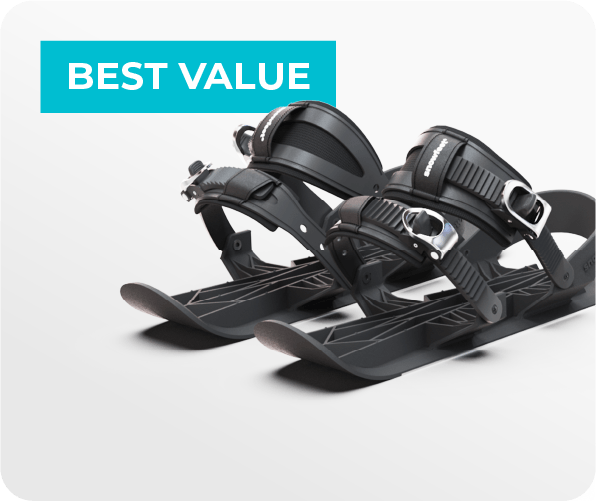



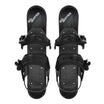
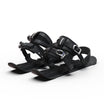
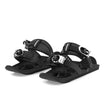
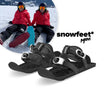
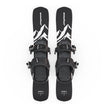
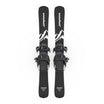

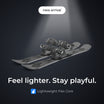
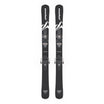
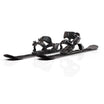
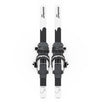


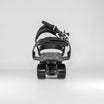

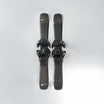



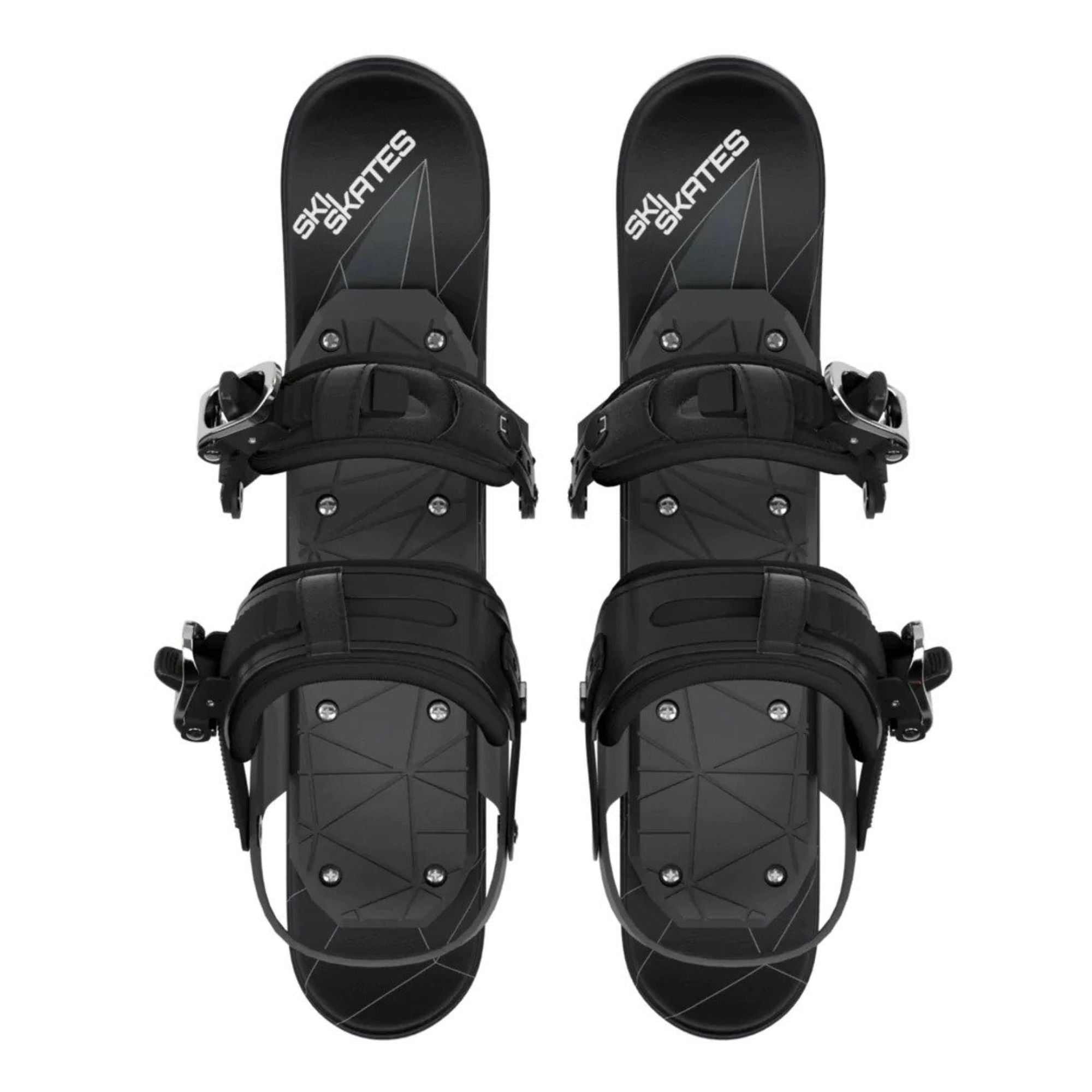
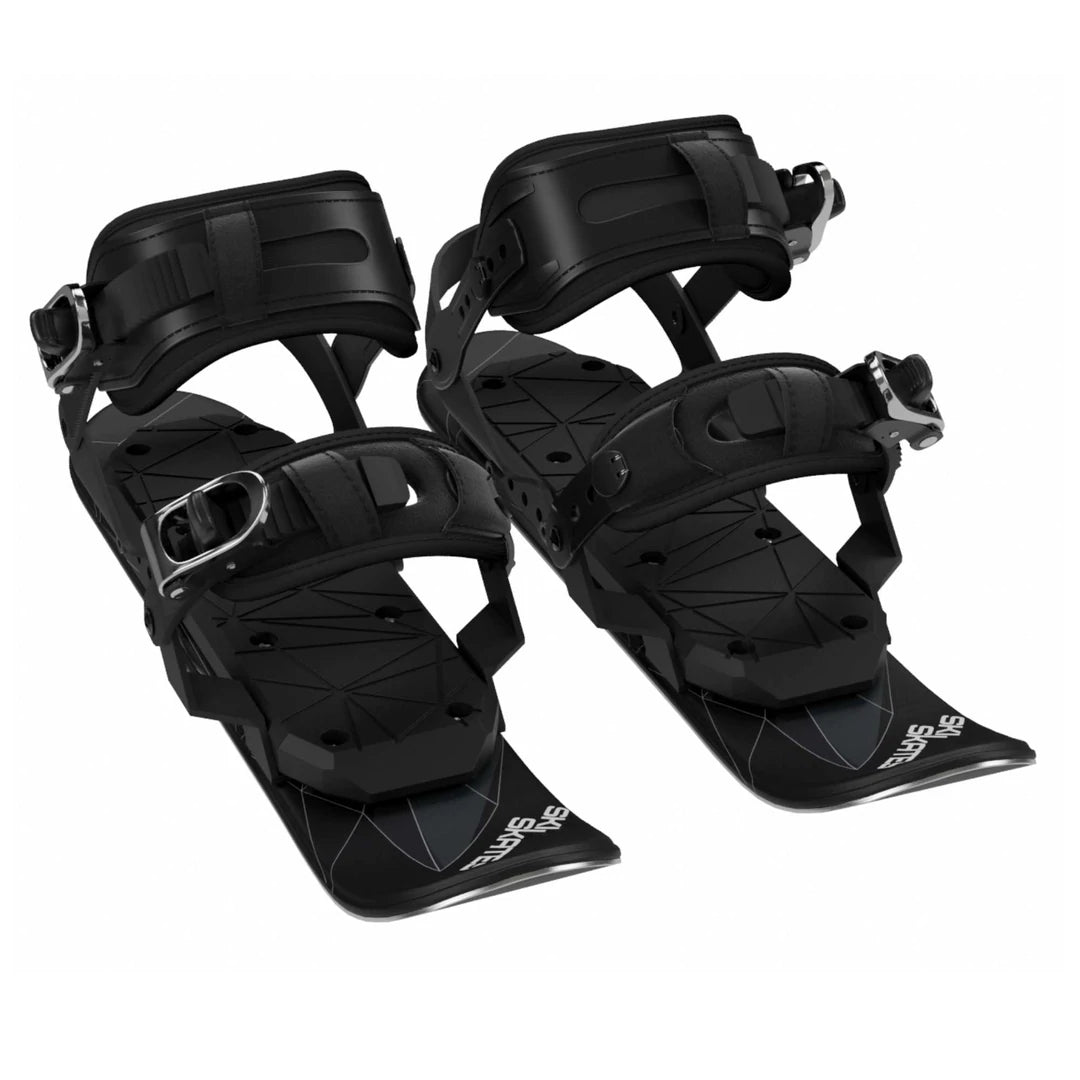
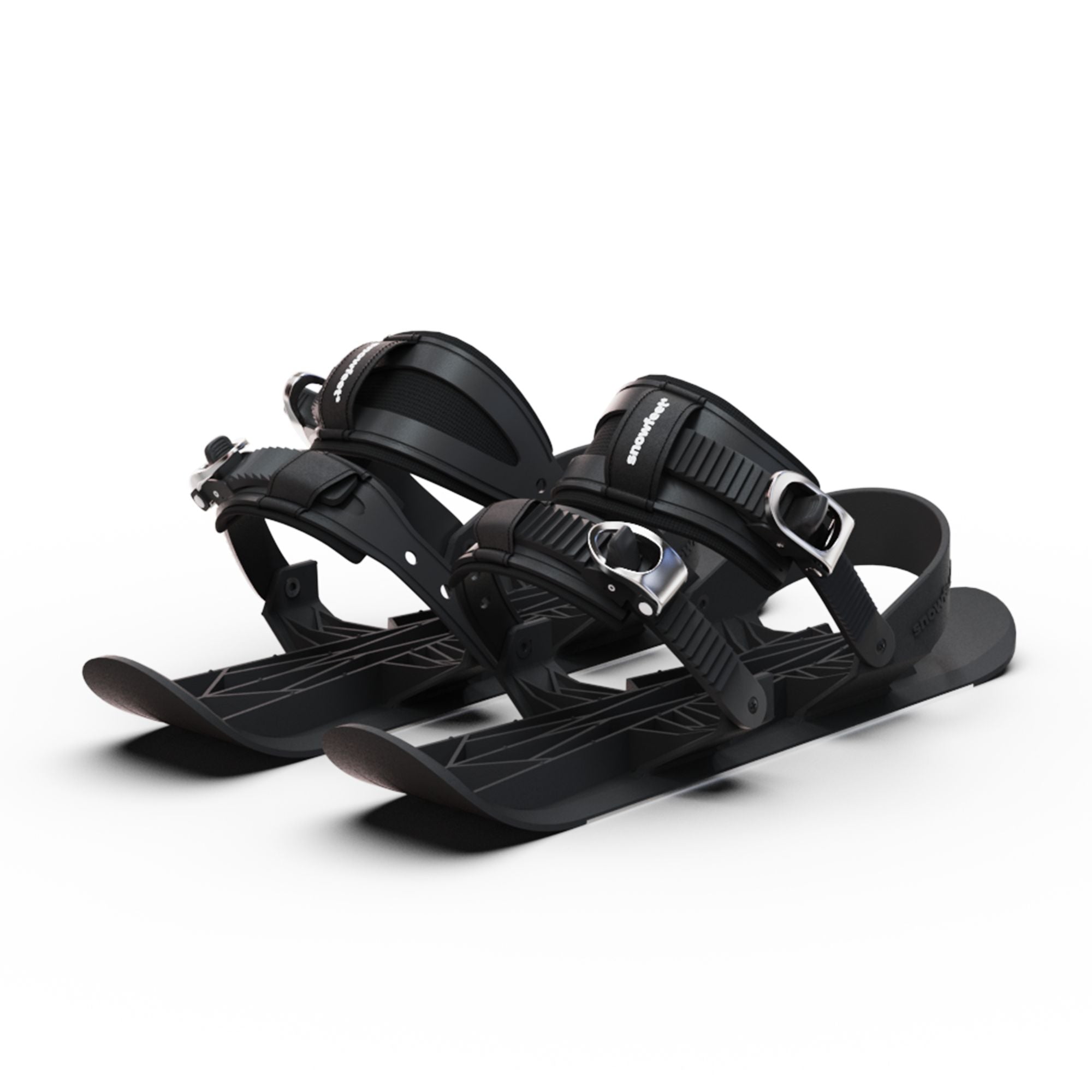

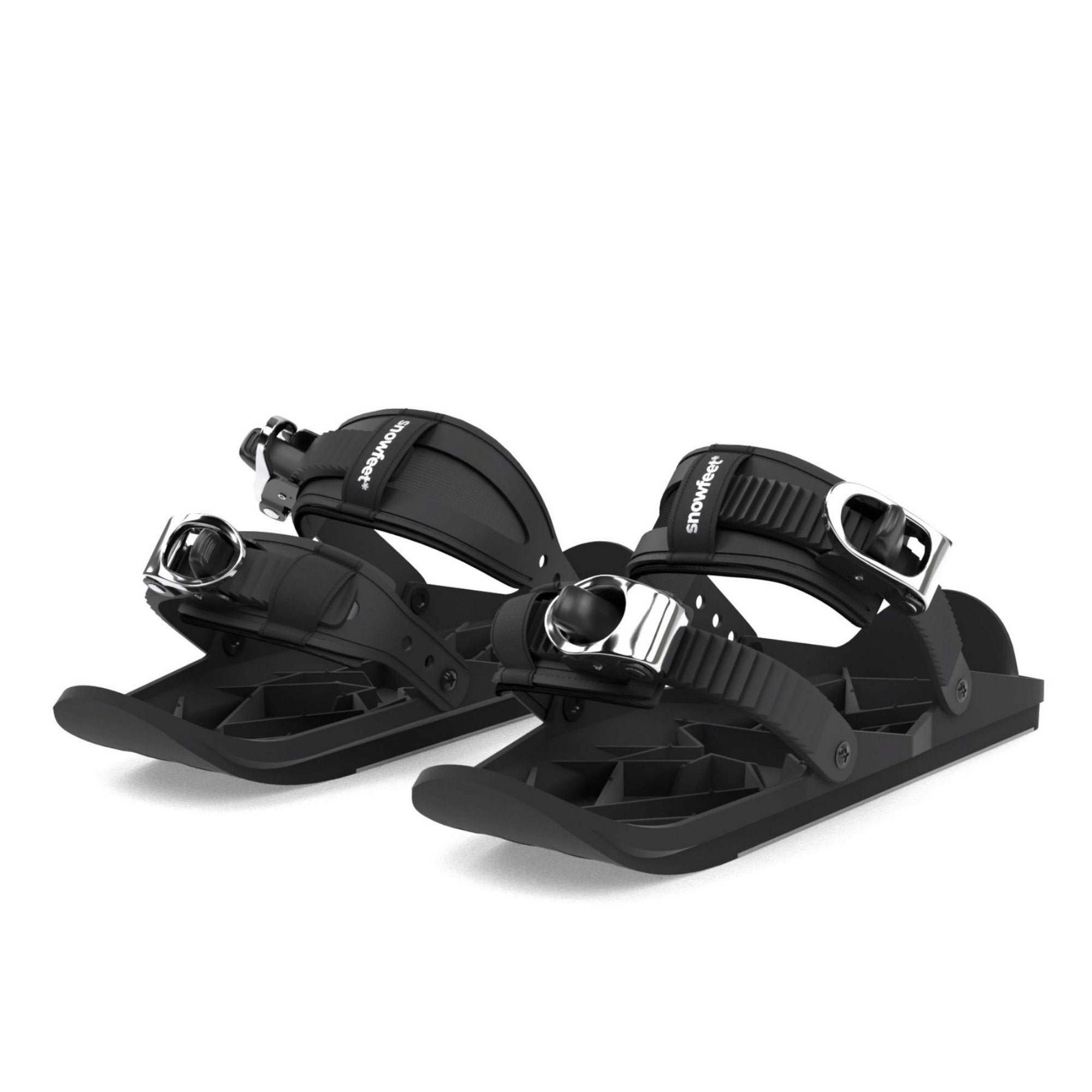
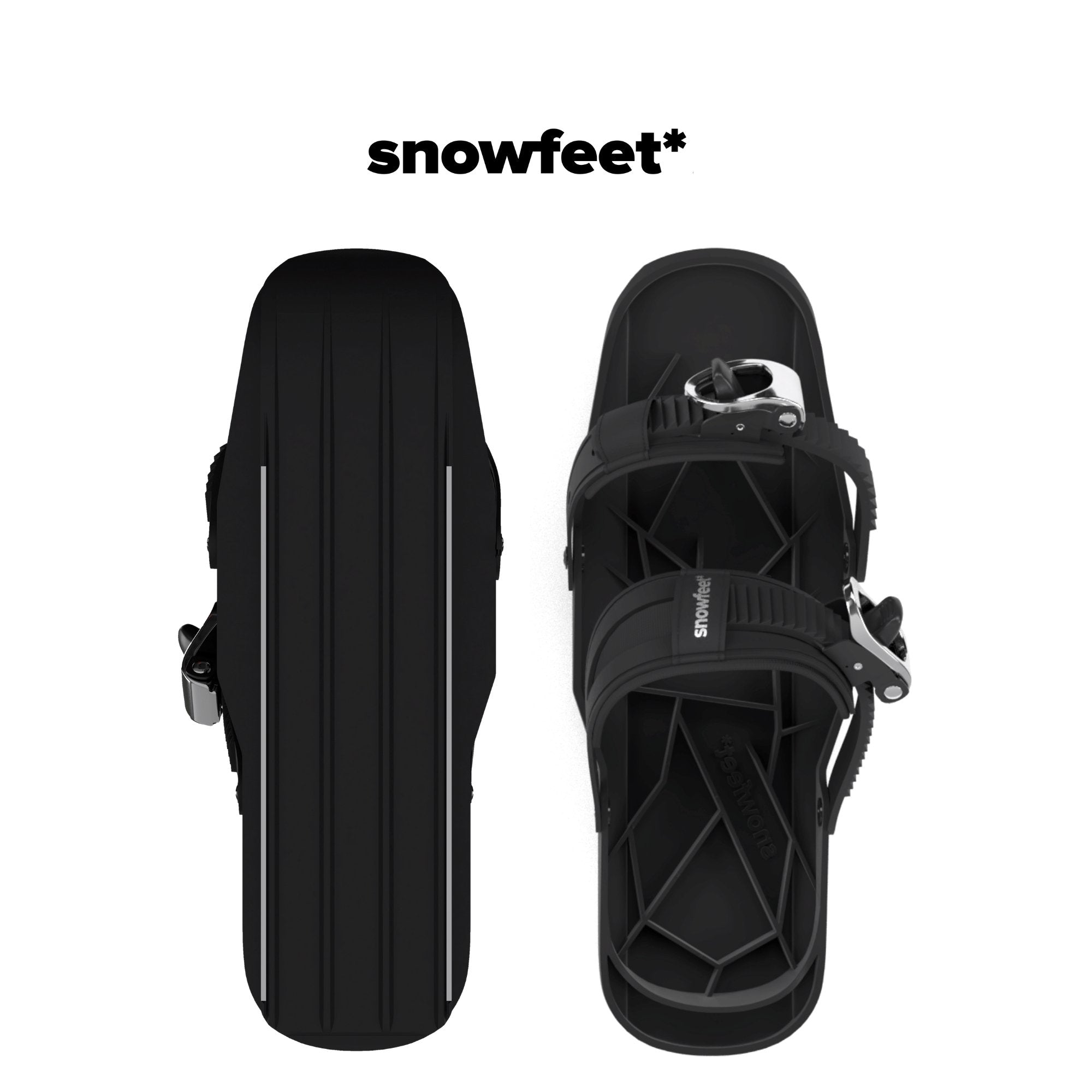
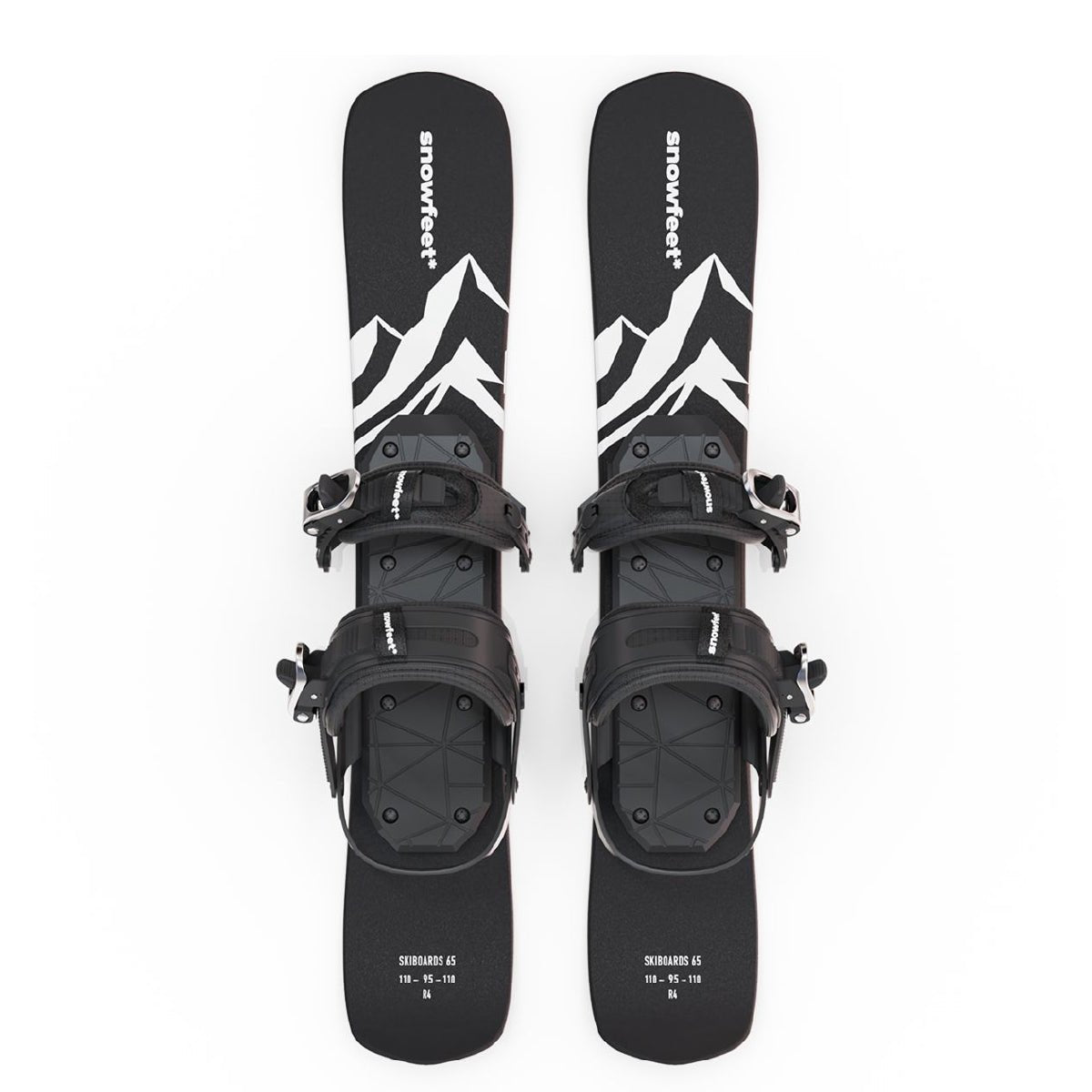
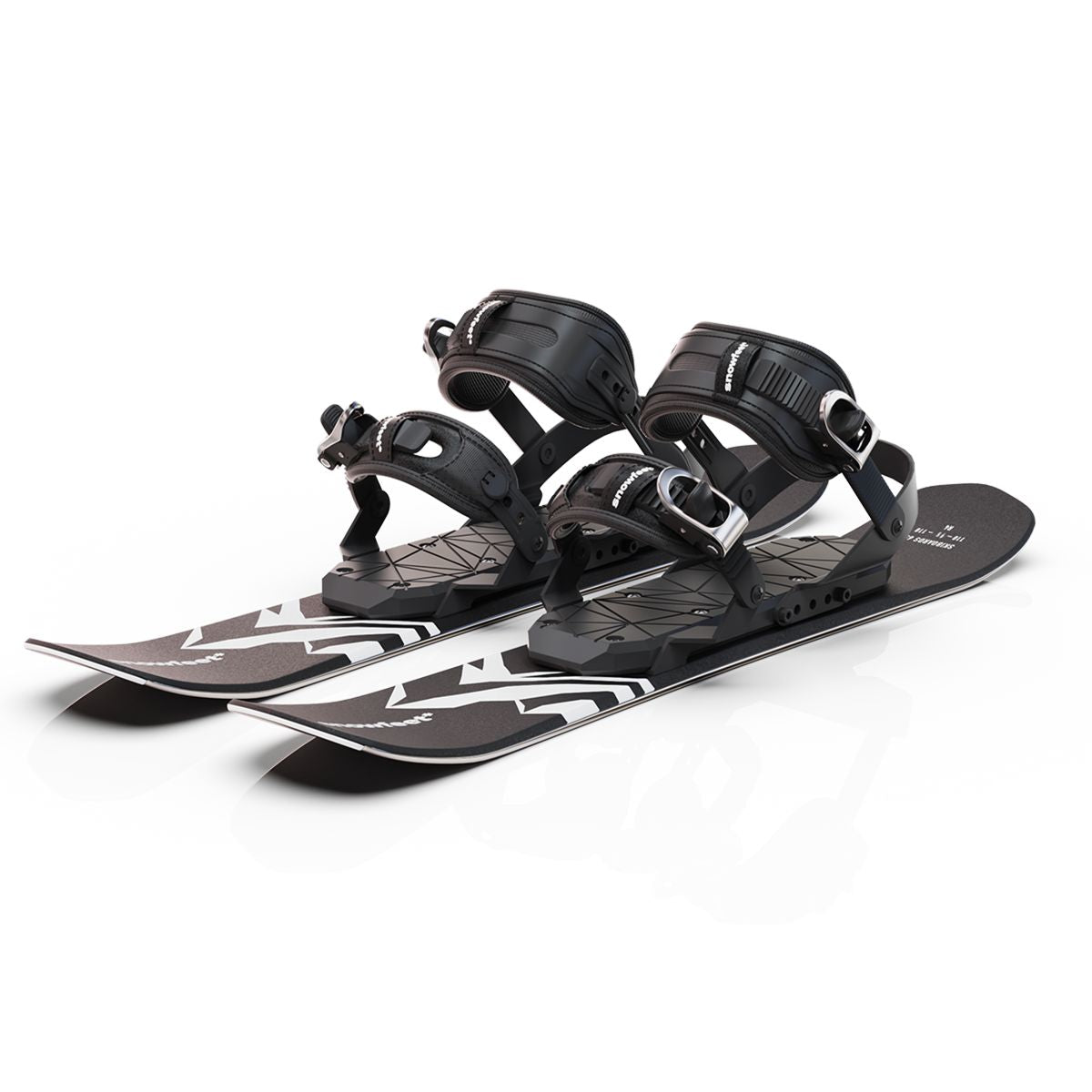
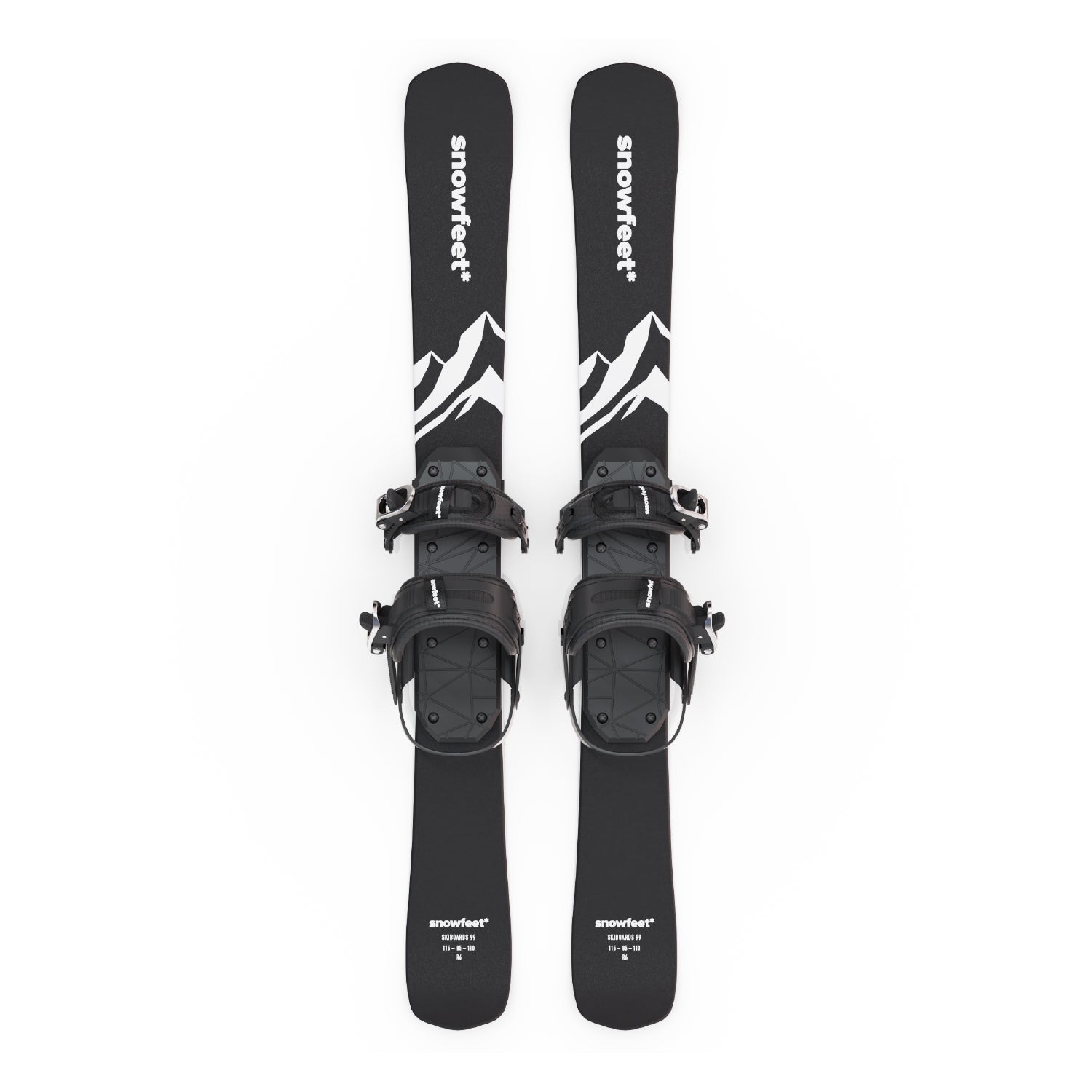
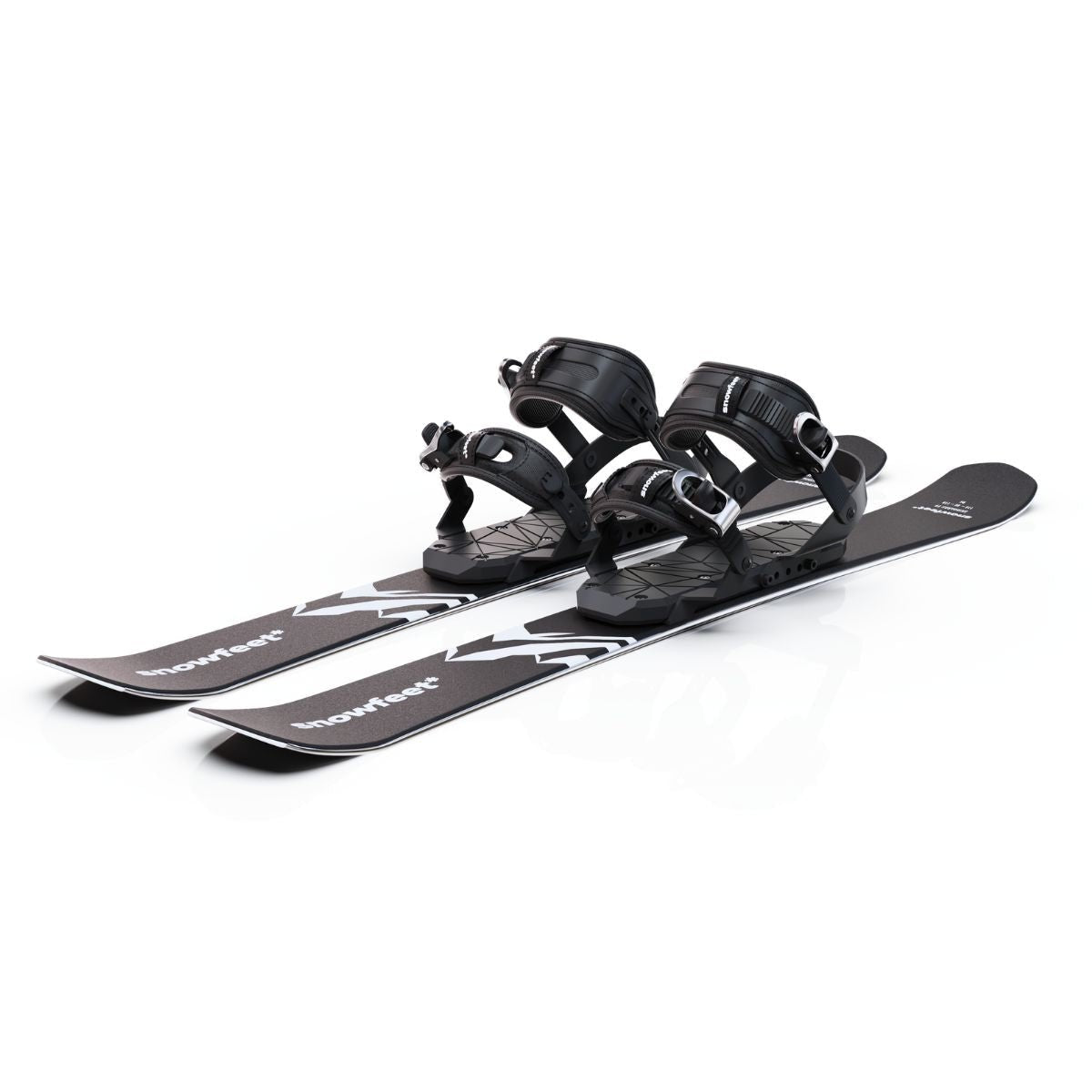
Leave a comment
This site is protected by hCaptcha and the hCaptcha Privacy Policy and Terms of Service apply.